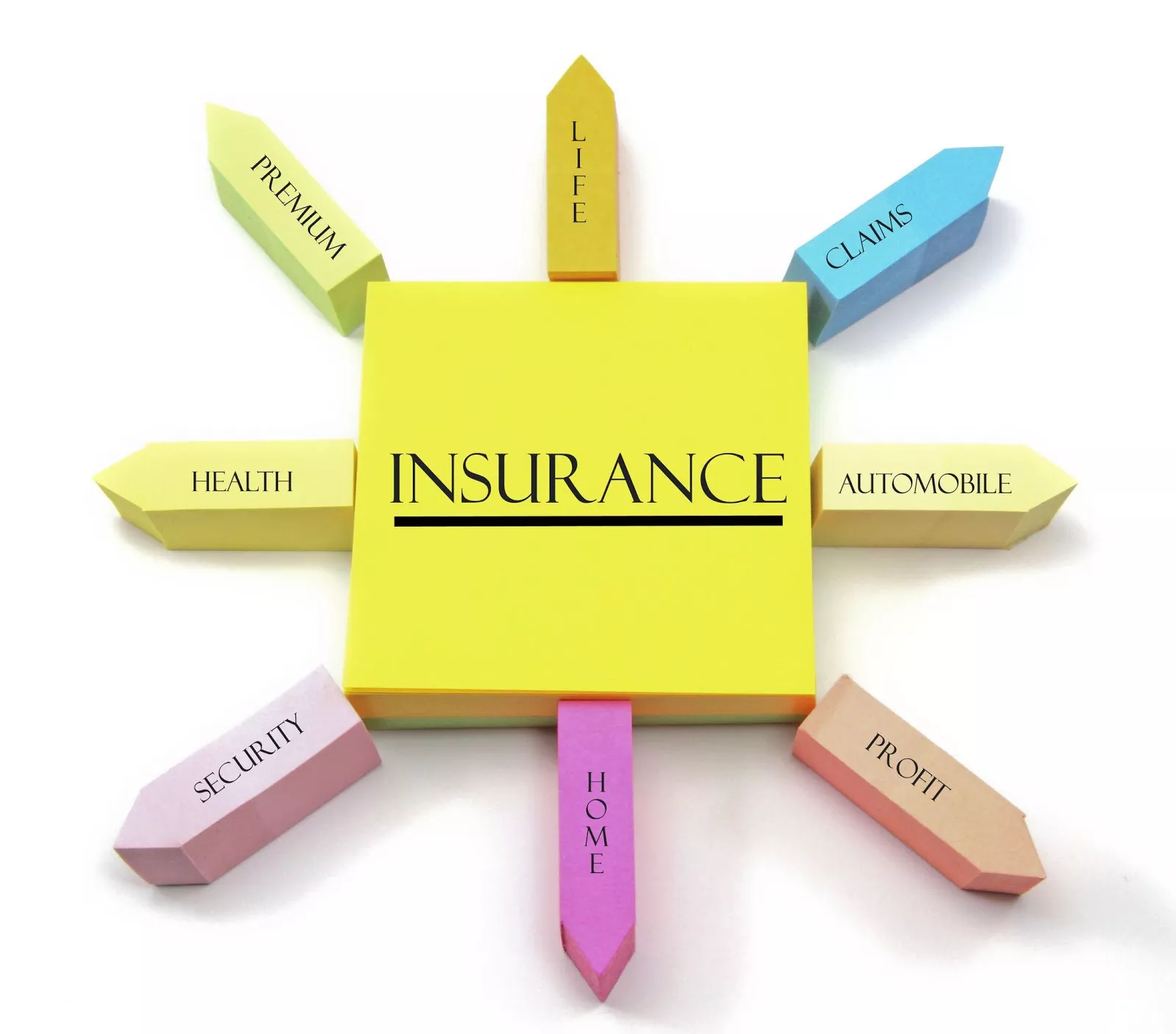Insurance premiums can increase for various reasons. Many policyholders experience frustration when they open their renewal notice and see higher costs. State Farm, like other insurance providers, adjusts rates based on multiple factors. Some factors are within your control while others are not.
Insurance companies must balance risk and cost. When risks increase across the board, premiums often follow. The insurance industry operates on the principle of shared risk. Policyholders pay into a pool that covers claims for everyone in the group. When claims become more frequent or expensive, the pool requires more funds.
Economic Influences on Insurance Rates
The broader economy plays a significant role in insurance pricing. Inflation affects nearly every sector, including insurance. Repair costs for vehicles and homes have risen substantially in recent years. Labor shortages in construction and auto repair industries drive up service prices. Parts and materials cost more due to supply chain disruptions.
Medical expenses continue to climb nationwide. This impacts auto insurance rates particularly. When accidents occur, medical treatment for injuries represents a substantial portion of claim costs. As healthcare becomes more expensive, insurers must account for these increases in their premium calculations.
Climate Change and Natural Disasters
Weather patterns have become more severe and unpredictable. Hurricanes, wildfires, and floods cause extensive damage across the country. These catastrophic events lead to massive insurance payouts. Insurers must spread these costs across their customer base.
Some regions experience more frequent weather-related claims than others. If your area has seen increased storm activity or natural disasters, your rates may reflect this heightened risk. State Farm and other insurers continuously analyze weather data and adjust their risk models accordingly.
Changes in Your Personal Circumstances
Your individual situation directly impacts your premium. Several personal factors could explain your rate increase:
Your driving record may have changed. Traffic violations or accidents typically lead to higher auto insurance costs. Even minor incidents can affect your risk profile. Most insurers review driving records regularly.
Your credit score might have fluctuated. Many states allow insurers to consider credit-based insurance scores when determining rates. Studies show a correlation between credit history and claim likelihood. Improving your credit could help lower premiums over time.
Your vehicle may have become more expensive to repair. Newer cars often contain advanced technology that costs more to fix after accidents. Some models have higher theft rates, which insurers factor into their calculations.
Your home insurance risk profile may have changed. Renovations can increase rebuilding costs. Adding a swimming pool or trampoline raises liability concerns. Even having a new roof can affect your premium in some cases.
Industry-Wide Trends Affecting Premiums
The insurance industry faces several challenges that influence pricing:
Legal system changes in some states have increased claim costs. More lawsuits and larger settlements drive up expenses for insurers. Some regions see higher rates of fraudulent claims, which costs the industry billions annually.
Technology changes present both opportunities and challenges. While safety features reduce some risks, high-tech components increase repair costs. The rise of distracted driving has offset some safety gains from vehicle technology.
Reinsurance costs have climbed for many providers. Reinsurance is essentially insurance for insurance companies. When reinsurance becomes more expensive, those costs trickle down to policyholders.
What You Can Do About Rising Premiums
While some factors remain beyond your control, you can take steps to mitigate increases:
Shop around periodically. Insurance rates vary between companies. Another provider might offer better rates for your current situation. Comparison shopping every few years helps ensure you’re getting competitive pricing.
Ask about discounts. State Farm offers various discounts that could lower your premium. These may include multi-policy, safe driver, good student, or defensive driving course discounts. Some homeowners qualify for protective device discounts.
Consider adjusting your coverage. Higher deductibles typically mean lower premiums. Review your policy to ensure you’re not over-insured. However, maintain adequate coverage to protect your assets.
Improve your risk profile. Maintaining a clean driving record helps keep auto rates down. Home security systems may qualify you for discounts. Regular home maintenance reduces the likelihood of claims.
When to Contact Your Agent
If your premium increase seems unusually high, contact your State Farm agent. They can explain the specific reasons for your rate change. Sometimes errors occur in risk assessment that can be corrected.
Ask your agent about alternative coverage options. They may suggest policy adjustments that could save you money. Agents can also review your current discounts to ensure you’re receiving all applicable savings.
The Bigger Picture of Insurance Pricing
Insurance companies must remain financially stable to pay claims. Rate adjustments help ensure they can cover future losses. State regulators review rate increase requests to prevent excessive pricing.
Remember that insurance protects you from potentially devastating financial losses. While premium increases are frustrating, adequate coverage provides peace of mind. The right policy safeguards your assets when unexpected events occur.
Conclusion
State Farm insurance premiums can rise due to various factors. Economic conditions, climate change, industry trends, and personal circumstances all play roles. While some increases are unavoidable, understanding the reasons helps you make informed decisions. Proactive measures like shopping around, asking about discounts, and improving your risk profile can help manage costs. Regular communication with your agent ensures you have the right coverage at the best available price. Insurance represents a crucial component of financial planning, protecting you from life’s uncertainties.
Related Topics:
How Do I Find My Naic Code for Insurance?

































